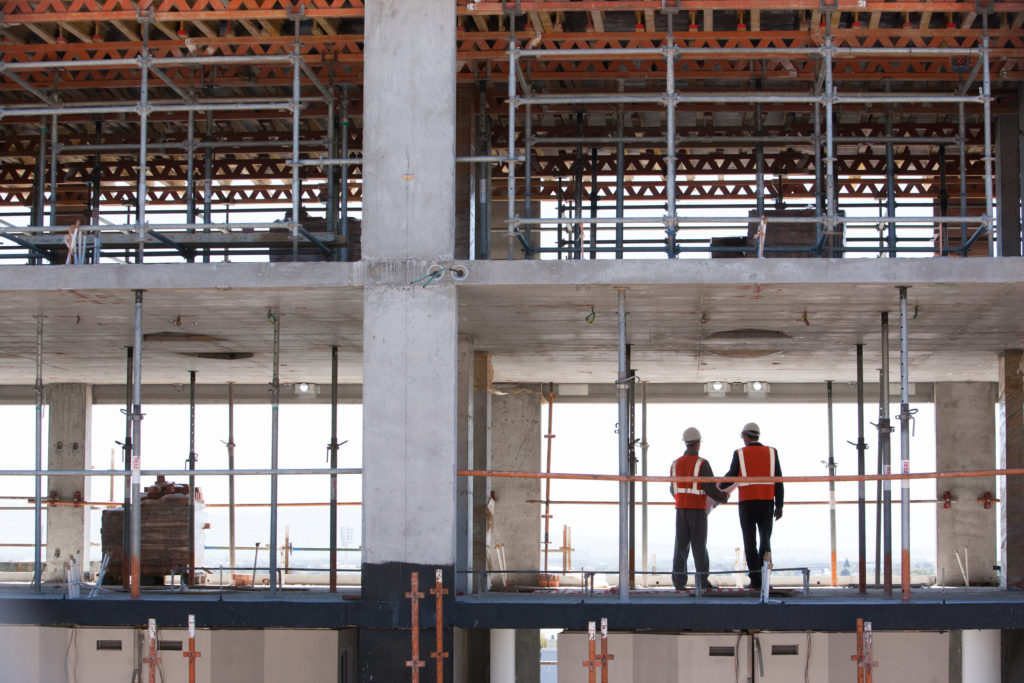Key Points
- The share of clicks on Australian job postings from overseas on Indeed now exceeds pre-pandemic levels, rising sharply from a year ago.
- Overseas jobseekers are most interested in agriculture and engineering positions, while overall most overseas clicks are for jobs that require a university education.
- Grants for temporary skilled visas were up in the March quarter of 2022 from the comparable quarters in 2019 and 2020, surpassing pre-pandemic numbers.
Over the past six-months, clicks from overseas on Australian job postings on Indeed and levels of temporary skilled migration have climbed past pre-pandemic numbers, highlighting an important way the country’s labour market is changing as borders reopen.
Last December, the Indeed Hiring Lab found overseas interest in Australia-based jobs rose considerably in the second half of 2021. Half a year later, that trend continues, a key feature of the labour market’s recovery from the COVID-19 pandemic.
Migration will be pivotal if Australia is to address its growing talent shortages, which have intensified throughout the pandemic recovery. In the March quarter, 2.8% of Australian jobs were unfilled, twice as high as the average vacancy rate from 2010 to 2019.
Australian jobs are attracting more interest from overseas jobseekers
From January to May, overseas jobseekers accounted for 8.3% of clicks on Australia-based job postings on Indeed, up from 5.6% during the same period last year. This measure has stormed past pre-pandemic levels, now exceeding both 2018 and 2019.
May in particular was a very strong month, with the overseas click share reaching 9.2% — higher than any month since the beginning of 2018. This suggests overseas interest continues to grow as we distance ourselves from pandemic border closures.
From January to May this year, 32% of clicks on agriculture jobs came from overseas. Agriculture, which attracts interest from backpackers and travellers, saw its overseas click share more than double over the past year.
For mechanical engineering and electrical engineering positions, the overseas click share was respectively 32% and nearly 31%. Civil engineering and industrial engineering also ranked highly. The overseas click share for these engineering roles has increased substantially from a year ago.
Outside agriculture, the overseas clicks share tends to be highest in occupations that require a university education. However, the occupations that have experienced the biggest increases this year compared with last include both white collar and blue collar jobs.
Skilled migration returns to pre-pandemic levels
In the March quarter, the number of Australian skilled visas granted finally exceeded pre-pandemic levels, coming in 9.5% and 2.2% above the comparable quarters in 2019 and 2020 respectively. In the nine months from July 2021 to March 2022, skilled visa grants tracked around one-third higher than in the previous year.
During the pandemic, the few skilled visas granted overwhelmingly went to migrants already in Australia who were renewing existing visas, applying for different types of visas or taking steps toward permanent residency.
In the 2020-21 financial year, visas issued to people outside Australia fell to 23% of overall temporary skilled visas. That jumped to almost 40% in the 2021-22 financial year, although it remains well below the historical 50-60% range registered since 2005-06.
A key challenge is turning jobseeker interest into immigration
The increases over the past six months in clicks from overseas on Australian jobs and in temporary skilled migration come not a moment too soon. Australia’s unemployment rate is at a near half-century low, job vacancies have never been higher and recruitment has become increasingly difficult.
The key challenge for Australia will be attracting highly skilled workers in a tight and globally competitive labour market. Most of Australia’s staffing challenges are far from unique in today’s world. A range of countries are competing for the same pool of workers. Australia will need a steady source of foreigners to fill the talent shortages that have ballooned during the pandemic recovery.
Methodology
Australian data on temporary skilled migration is from the Department of Home Affairs quarterly report on visas granted. The visa data is broken down into categories such as industry and occupation.
The location of Indeed clicks is based on the IP address of the jobseeker. Each job posting on Indeed is classified into an occupational category consistent over time.



